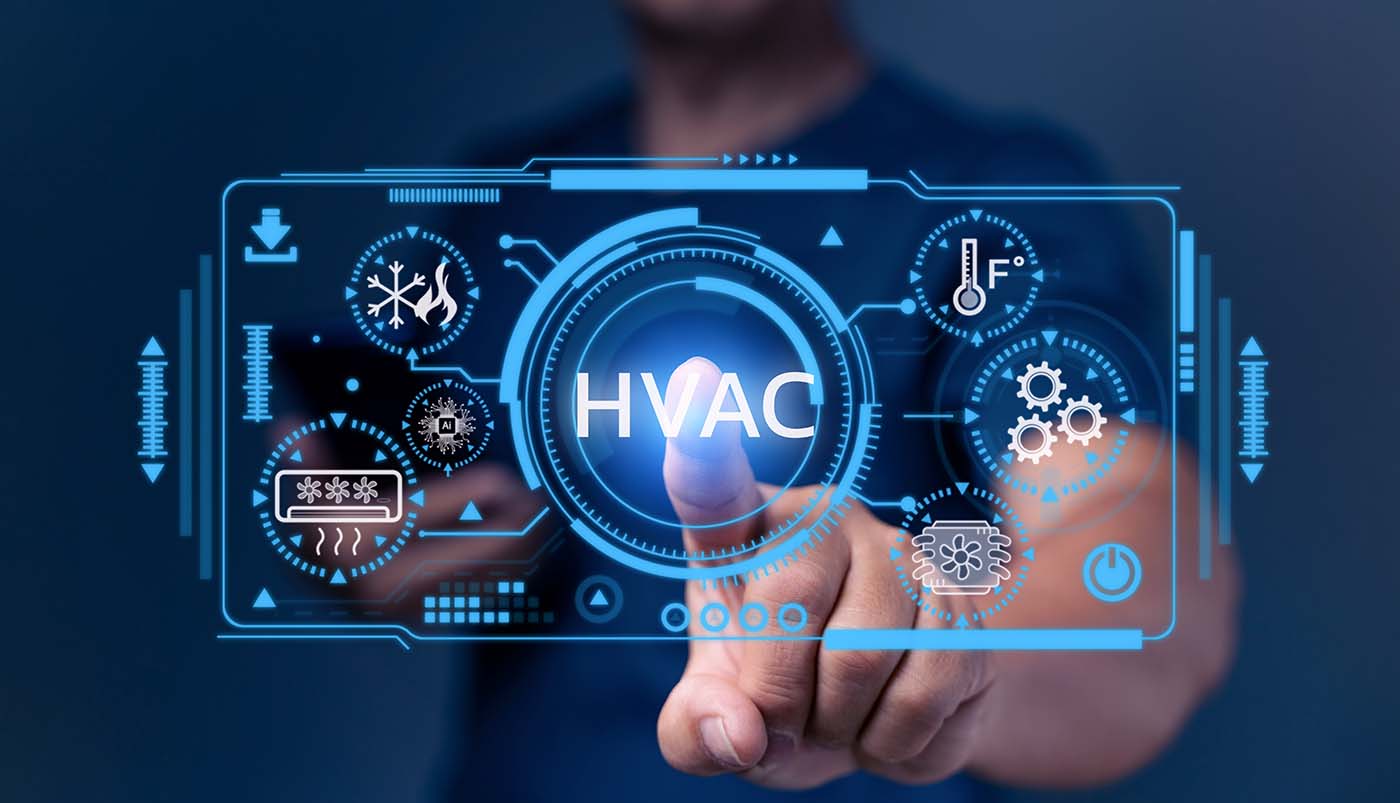In the evolving landscape of technology, HVAC repair prediction tools using AI are revolutionizing how we approach maintenance and repair. These tools are not just futuristic concepts but are actively transforming maintenance strategies in the HVAC industry. By leveraging artificial intelligence, building systems are becoming smarter, more efficient, and more reliable.
As we delve into this topic, it is crucial to understand the benefits and implications of using AI in HVAC systems, especially for professionals in the industry. The use of AI-driven predictive tools is not just a trend but a significant shift that enhances operational efficiency and reduces unexpected breakdowns.

The Role of AI in HVAC Systems
The integration of AI in HVAC systems marks a new era of technology-driven maintenance solutions. AI helps in analyzing vast amounts of data to predict potential system failures before they occur. This proactive approach allows for timely interventions, saving time and resources.
How AI Works in HVAC Maintenance
AI systems utilize data from various sensors and historical performance records of HVAC systems. Through machine learning algorithms, AI can identify patterns and anomalies that might indicate potential failures. This technology helps in predicting when a system is likely to need repair.
Benefits of Using AI in HVAC Repair Predictions
AI-driven tools offer numerous benefits, including reduced downtime, optimized maintenance schedules, and enhanced energy efficiency. These tools help in minimizing the risk of unexpected breakdowns, thereby increasing the lifespan of HVAC systems.
Key Features of AI-Based Prediction Tools
Understanding the features of AI-based prediction tools is crucial for professionals looking to leverage these technologies effectively. These tools come equipped with various features that enhance their predictive capabilities.
Data Collection and Analysis
AI tools collect data from multiple sources, including sensors and historical records. The collected data is then analyzed to identify patterns and predict potential issues. This analysis helps in making informed decisions.
Real-Time Monitoring
Real-time monitoring is a significant feature of AI prediction tools. These tools continuously monitor system performance, allowing for immediate detection of anomalies. This feature is vital for maintaining optimal system performance.
User-Friendly Interfaces
Most AI prediction tools come with user-friendly interfaces that make it easy for professionals to interpret data and take necessary actions. These interfaces provide insights into system performance and potential issues.
Implementing AI in HVAC Maintenance Strategies
Implementing AI in HVAC maintenance strategies involves understanding the existing system requirements and integrating AI solutions effectively. It requires collaboration between technology experts and HVAC professionals.
Steps to Implement AI Solutions
Implementing AI solutions involves several steps, including assessing current systems, selecting appropriate AI tools, and training staff to use them effectively. These steps ensure a smooth transition to AI-driven maintenance strategies.
Challenges in AI Implementation
While AI offers numerous benefits, implementing these solutions can be challenging. Challenges include the initial cost of setup, the need for skilled personnel, and integrating AI with existing systems. Overcoming these challenges is crucial for successful implementation.
Case Studies of Successful Implementations
Several organizations have successfully implemented AI-driven HVAC maintenance strategies, resulting in improved system performance and reduced maintenance costs. These case studies provide valuable insights into the practical applications of AI in HVAC systems.
Future of AI in HVAC Systems
The future of AI in HVAC systems looks promising, with continuous advancements in technology leading to more efficient and reliable systems. AI is expected to play a significant role in the future of HVAC maintenance.
Emerging Trends in AI for HVAC
Emerging trends include the use of AI for energy optimization, predictive maintenance, and enhanced system diagnostics. These trends indicate a shift towards smarter and more sustainable HVAC systems.
Impact on Environmental Sustainability
AI has a significant impact on environmental sustainability by optimizing energy use and reducing carbon emissions. AI-driven HVAC systems contribute to a greener and more sustainable future.

FAQs
What are the main benefits of using AI in HVAC systems?
AI in HVAC systems offers benefits like reduced downtime, optimized maintenance schedules, and increased energy efficiency. These benefits lead to cost savings and enhanced system performance.
How does AI predict HVAC system failures?
AI predicts HVAC system failures by analyzing data from sensors and historical performance records. Machine learning algorithms identify patterns and anomalies that may indicate potential failures.
What challenges are faced in implementing AI in HVAC systems?
Challenges in implementing AI in HVAC systems include the initial cost of setup, the need for skilled personnel, and integrating AI with existing systems. Addressing these challenges is crucial for successful implementation.
For more insights on the role of AI in HVAC systems, check out Haier’s blog. Additionally, explore how AI is transforming maintenance strategies in the HVAC industry at ATA College. For more information on AI in diagnostics, visit AI in HVAC Diagnostics and learn about predictive maintenance at Predictive Maintenance.
This article contains affiliate links. We may earn a commission at no extra cost to you.
